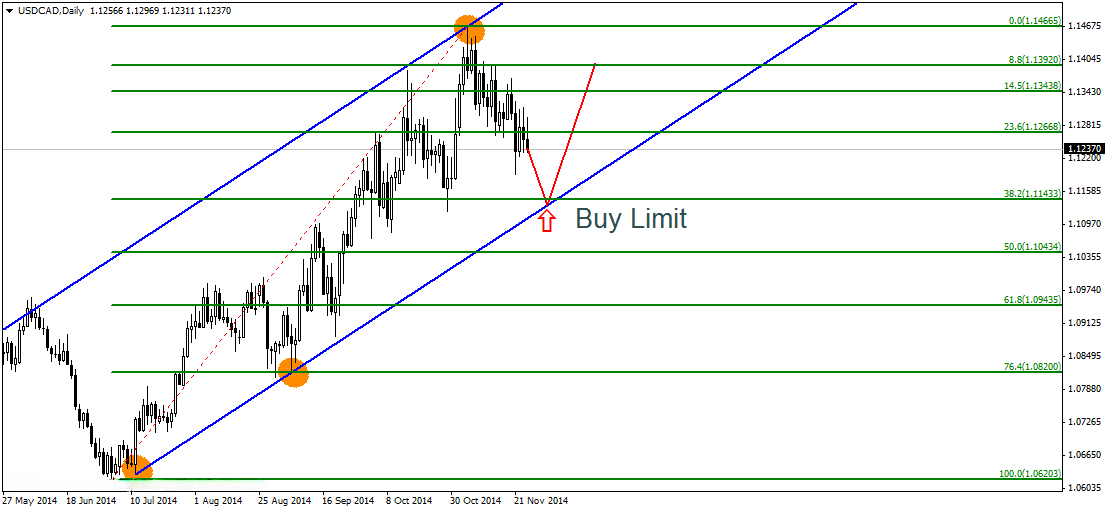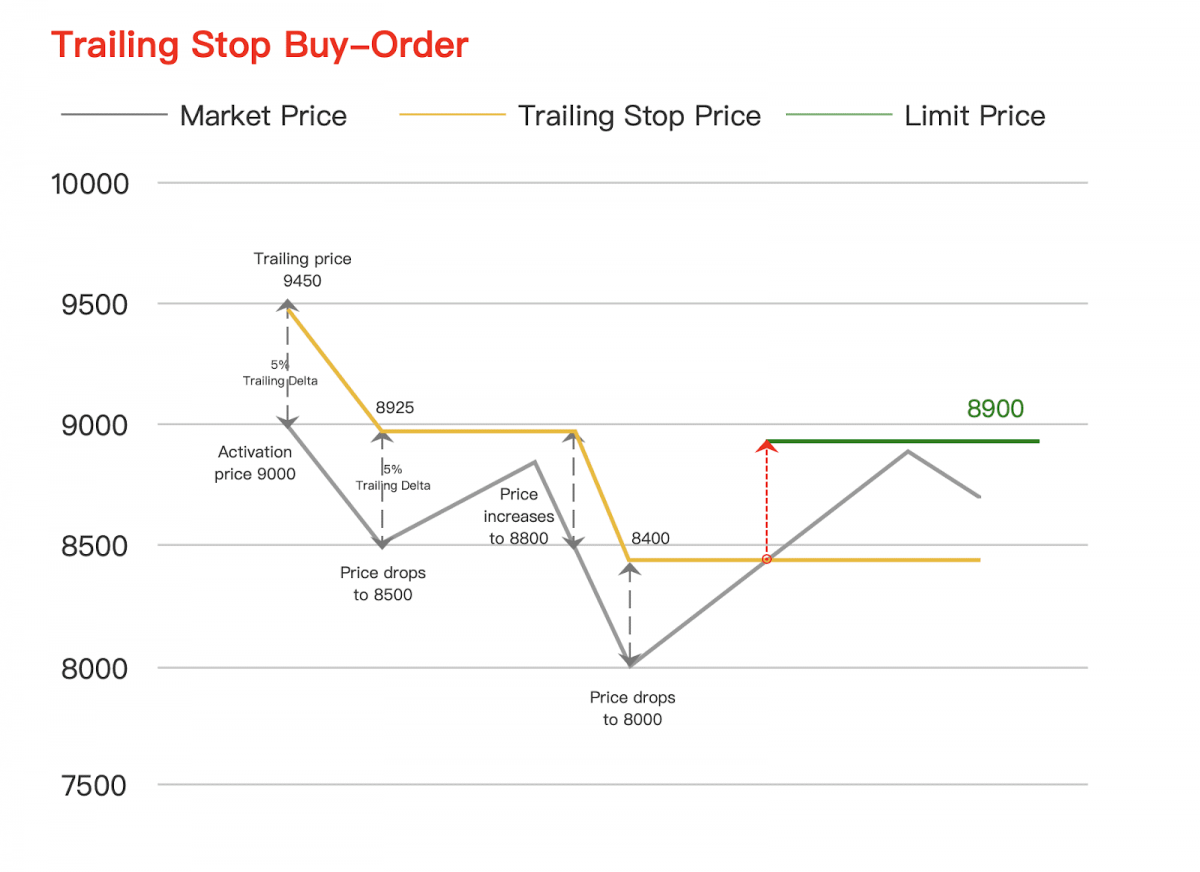What is Buy Limit in forex
In the intricate world of Forex trading, success is often defined by one's ability to make informed decisions promptly. Central to this is the understanding and utilization of various order types. These orders act as instructions for your broker on how and when to execute your trades. Among them, Buy Limit orders hold a crucial place, enabling traders to enter positions at specific price levels.
Buy Limit in Forex
Setting an entry price lower than the current market price
In Forex trading, a Buy Limit order is a predefined instruction to purchase a currency pair at a price lower than its current market value. This order type allows traders to capitalize on potential price retracements or corrections. When a trader believes that a currency pair's price will dip to a specific level before resuming an upward trend, they can place a Buy Limit order to enter the market at the desired price.
One distinctive feature of the Buy Limit order is its patience. Traders using this order type are essentially waiting for the market to come to them. They set a predetermined price at which they are willing to buy, and the order remains pending until the market reaches that price. This waiting game is especially valuable when traders anticipate a pullback in the currency pair's price before an upward move.
Entry conditions for Buy Limit orders
To execute a Buy Limit order successfully, the market price must reach or dip below the specified entry price. Only then will the order trigger, and the trade will be executed at or near the predetermined level. This order type is particularly useful for traders who aim to enter positions at more favourable price points.
Advantages of using Buy Limit orders
Buy Limit orders enable traders to fine-tune their entry points, potentially securing more favourable prices.
Traders can avoid impulsive decisions by setting predefined entry points based on their analysis.
Buy Limit orders offer flexibility in executing trading strategies, especially those based on technical analysis and price levels.
Risks associated with Buy Limit orders
If the market does not reach the specified entry price, the trader may miss out on trading opportunities.
In volatile markets, the execution price may differ slightly from the specified price due to rapid price movements.
Buy Stop Limit in forex
Buy Stop Limit orders are a hybrid order type that merges the characteristics of both Buy Stop and Buy Limit orders. They are designed to offer traders greater control over their entry points in dynamic Forex markets. This order type allows traders to set two distinct price levels: the Buy Stop price and the Buy Limit price.
Setting entry conditions and price levels
With a Buy Stop Limit order, traders specify two crucial prices:
Buy Stop Price: The level at which the order becomes active, typically set above the current market price.
Buy Limit Price: The price at which the trader wishes to execute the trade if the market price reaches the Buy Stop price. This is set below the Buy Stop price.
Managing breakout strategies
Buy Stop Limit orders are invaluable tools for traders employing breakout strategies. When a trader anticipates a significant price movement following a breakout, they can use this order type to enter the market only if the breakout occurs. The Buy Stop price serves as the breakout confirmation point, while the Buy Limit price ensures entry at a predefined favourable price level.
Reducing slippage during volatile market conditions
In highly volatile Forex markets, rapid price fluctuations can lead to slippage, where the execution price deviates from the expected price. Buy Stop Limit orders help mitigate this risk by providing traders with a level of control over their entries. By setting a Buy Limit price, traders can aim for a more precise entry point even in tumultuous market conditions.

Buy Limit vs. Buy Stop Limit
The primary distinction between Buy Limit and Buy Stop Limit orders lies in their entry conditions:
A Buy Limit order is executed only when the market price reaches or dips below the specified entry price. It's used when traders anticipate a price drop before a potential uptrend.
A Buy Stop Limit order combines elements of both Buy Stop and Buy Limit orders. It triggers when the market price reaches or surpasses the Buy Stop price, then executes at or near the predefined Buy Limit price. This order is used to manage breakouts or enter the market after a specific price level has been breached.
Market scenarios for each order type
Buy Limit: Ideal for traders expecting a retracement or pullback in the market. It allows them to buy at lower prices, taking advantage of temporary price declines.
Buy Stop Limit: Suited for traders who anticipate a significant price movement after a breakout. It offers precise entry control by specifying both the entry point and execution price.
Examples of when to use Buy Limit or Buy Stop Limit orders
Use Buy Limit orders when:
You believe a currency pair is overvalued and expect a price correction.
Your analysis suggests a temporary dip before an upward trend.
You want to buy at a more favourable price, potentially saving on costs.
Use Buy Stop Limit orders when:
You anticipate a breakout after a currency pair breaches a key resistance level.
You want to ensure entry at a specific price level following a confirmed breakout.
You aim to reduce the impact of slippage during volatile market conditions.
Choosing between Buy Limit and Buy Stop Limit orders depends on your trading strategy and market analysis. Understanding their differences allows you to make well-informed decisions tailored to your specific trading goals and market conditions.
Buy Limit and Sell Limit in forex
A Sell Limit order is the counterpart of a Buy Limit order. It instructs your broker to sell a currency pair at a price higher than its current market value. Traders use this order type when they believe that a currency pair's price will rise to a specific level before reversing its trend. In essence, a Sell Limit order is a way to capitalize on expected price increases.
Similar to Buy Limit orders, Sell Limit orders require patience. Traders set a predetermined price at which they are willing to sell a currency pair. The order remains pending until the market reaches or surpasses this specified price. This approach allows traders to target specific levels for executing their trades, particularly when anticipating price peaks.
Both Buy Limit and Sell Limit orders share a common characteristic: they allow traders to specify entry prices that are different from the current market prices. However, their primary distinction lies in their market outlook. Use Buy Limit orders when you expect a currency pair's price to dip before resuming an upward movement. Use Sell Limit orders when you anticipate a currency pair's price will rise to a specific level before reversing its trend.
Buy Stop Limit order in forex
Buy Stop Limit orders add a layer of complexity to Forex trading by introducing conditional execution. Traders use these orders to specify precise entry conditions, combining the functionality of Buy Stop and Buy Limit orders. When placing a Buy Stop Limit order, traders are essentially stating, "If the market reaches a certain price level (the stop price), I want to buy, but only if I can do so at or near a specific price (the limit price)."
Stop price: This is the price level at which the Buy Stop Limit order becomes active and turns into a pending Buy Limit order. It is typically set above the current market price. When the market reaches or surpasses the stop price, the order is activated.
Limit price: The limit price is the level at which you want your trade to be executed after the Buy Stop order becomes active. It is typically set below the stop price. This ensures that you enter the market at a price level you find favourable.

Examples of trading strategies using Buy Stop Limit orders
Traders can use Buy Stop Limit orders to confirm breakouts. For example, if a currency pair is approaching a key resistance level and a trader expects a breakout, they can set a Buy Stop Limit order with the stop price just above the resistance level. If the market breaks through, the order activates, ensuring entry at a specific, predefined price.
During high-impact news releases that can cause rapid market movements, traders can place Buy Stop Limit orders to enter positions at precise levels. For instance, if a trader expects a positive news release to trigger a bullish move, they can set a Buy Stop Limit order with the stop price just above the current market price and the limit price slightly below it.
Understanding Buy Stop Limit orders and their applications equips traders with a versatile tool for executing trades with precision and control, particularly in situations where market conditions are rapidly changing or when confirmation of specific price movements is essential to their trading strategy.
Conclusion
The selection of the right order type is a critical aspect of successful Forex trading. Whether you are looking to capitalize on retracements, manage breakouts, or reduce slippage, understanding Buy Limit and Buy Stop Limit orders can significantly enhance your trading strategies. The precision and control these orders provide can be the key to more effective risk management and improved trading results.
Buy Limit and Buy Stop Limit orders are versatile tools that empower traders to enter the Forex market at specific price levels, whether they anticipate retracements or breakouts. Their ability to provide precision and control in execution makes them indispensable for traders seeking to navigate the complexities of the Forex market with confidence.


